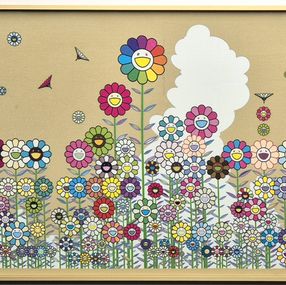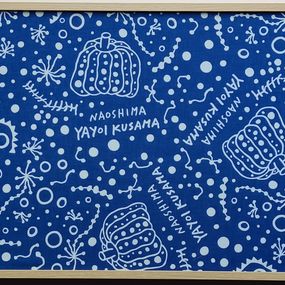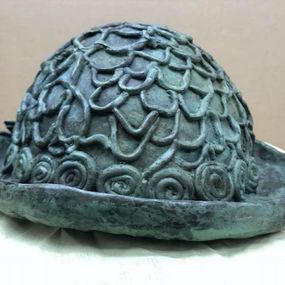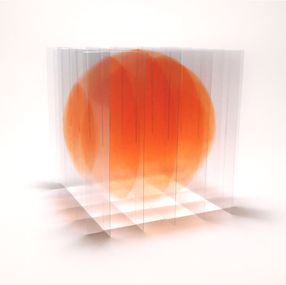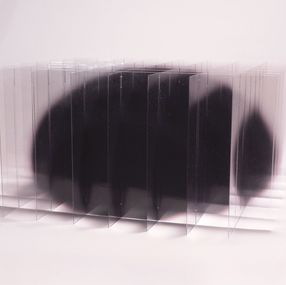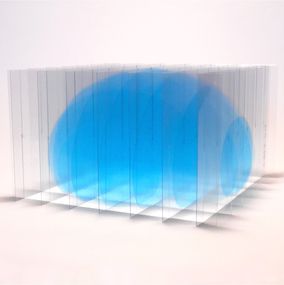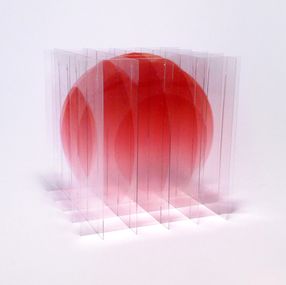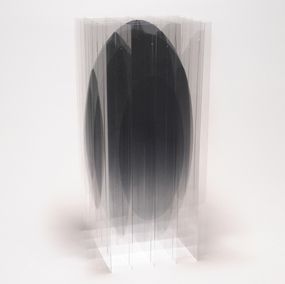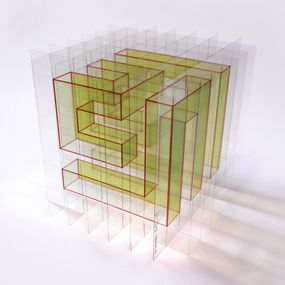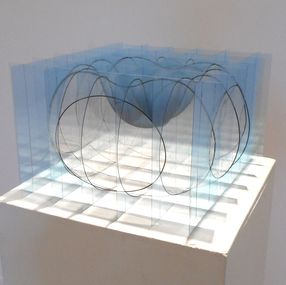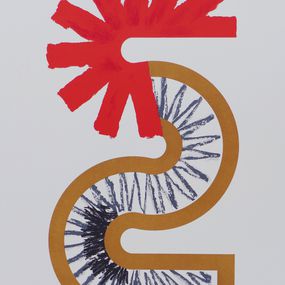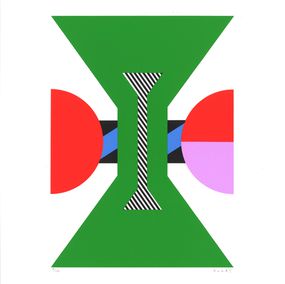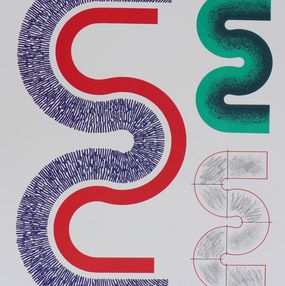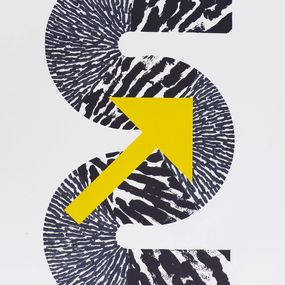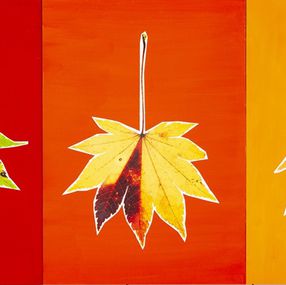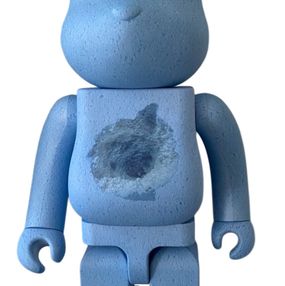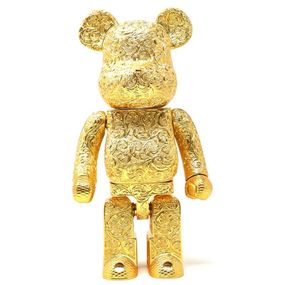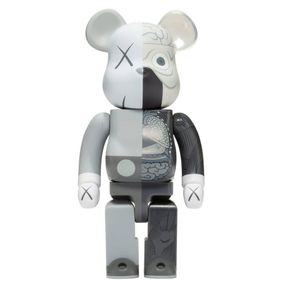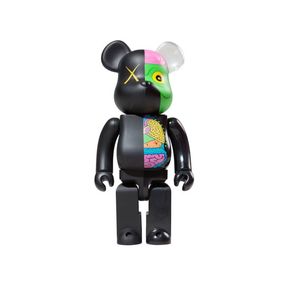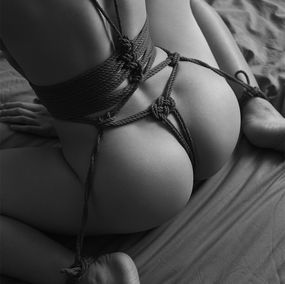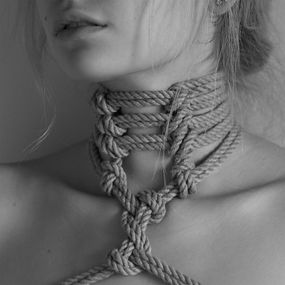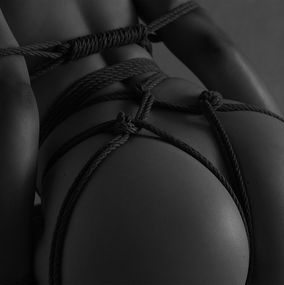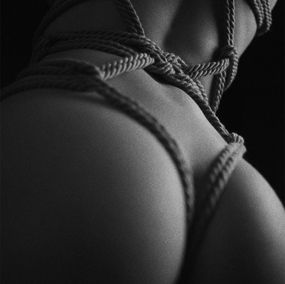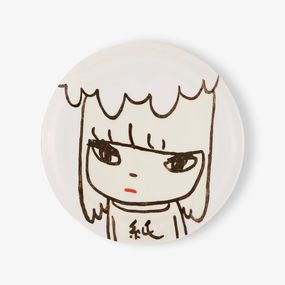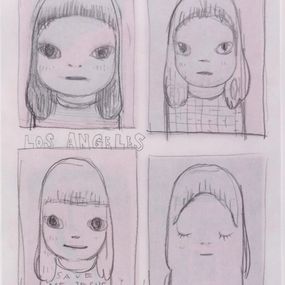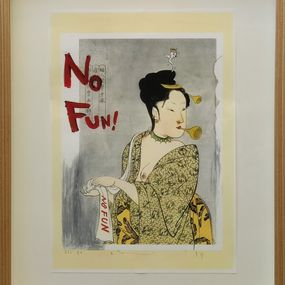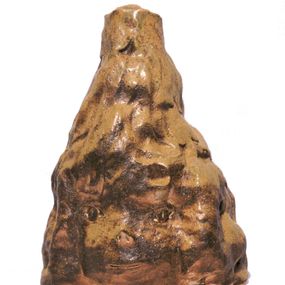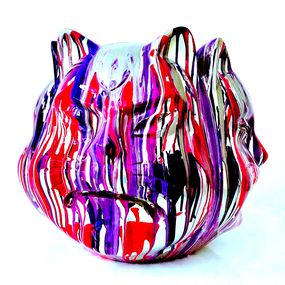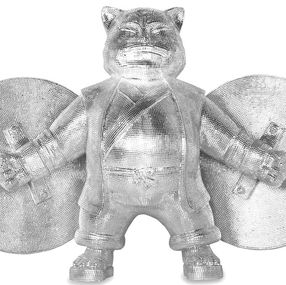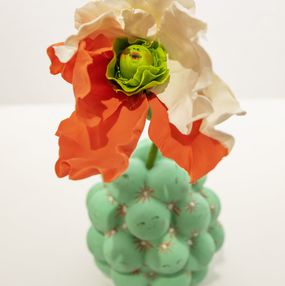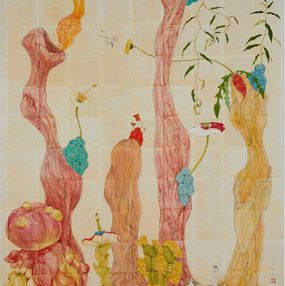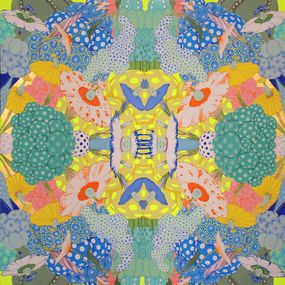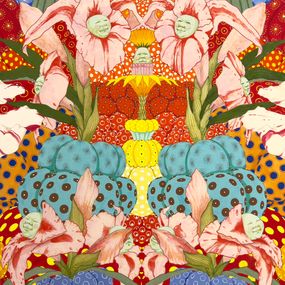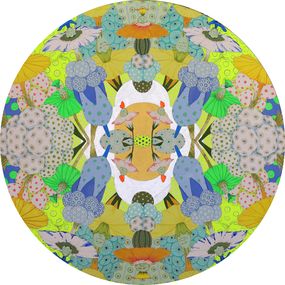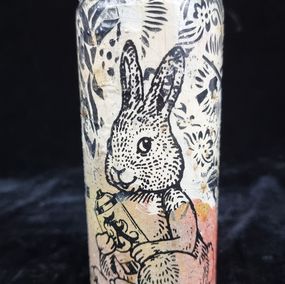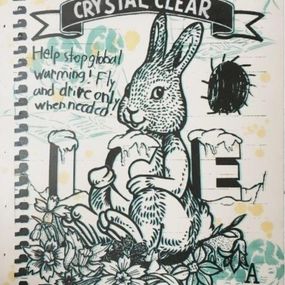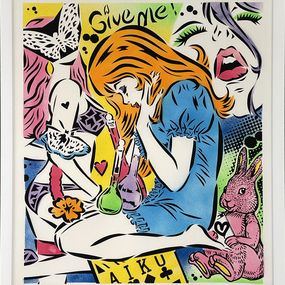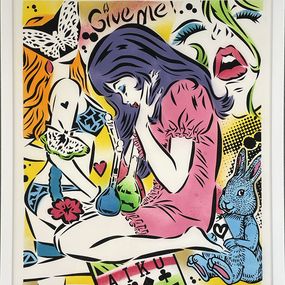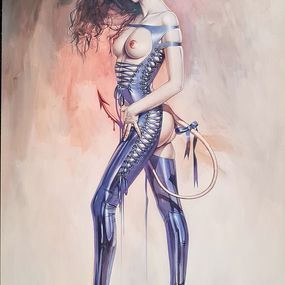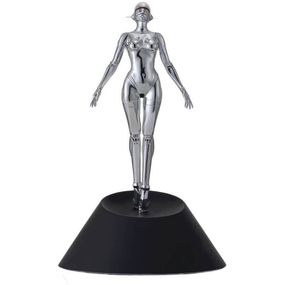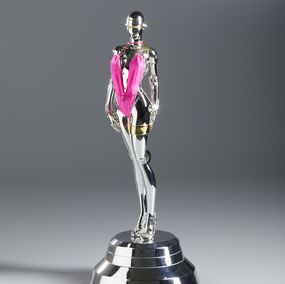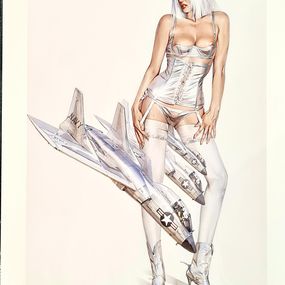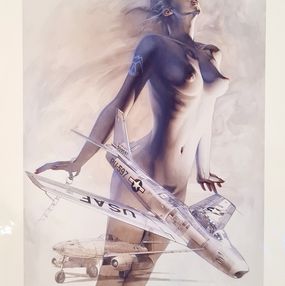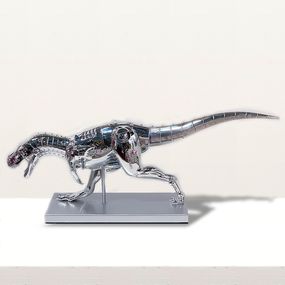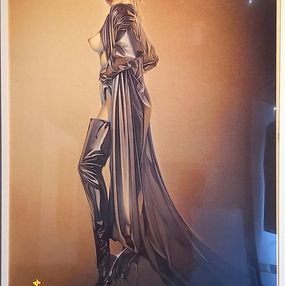
Japanese artists
Do you have a weakness for Japanese art? Located on an isolated island, Japanese art remained uninfluenced by Western society for a long time. In traditional Japanese art, we often see woodblock prints (ukiyo-e), hanging scrolls (kakejiku), or illustrated handscrolls (emaki). Most often, these traditional artworks will also include calligraphy (shodo). These mediums are distinct characteristics of traditional Japanese arts. Famous traditional artists include Utamaro and Utagawa Toyokuni. More recently, Japanese modern and contemporary art has been explosive in today's art world. What was once an isolated entity, has now become a highly sought-after commodity. Artists like Takashi Murakami and Yayoi Kusama have dominated the art scene by creating wildly out-of-this-world works that contribute to Japan's thriving artistic state. Despite the initial unease towards Western influence, Japanese art has been anything sort of successful.
Since the success of Superflat, a contemporary art movement influenced by Japanese anime, manga and pop culture and founded by Takashi Murakami, Japanese artists have invaded the international art scene.
Japanese art is distinguished by its great diversity. Some artists, such as Yoshitomo Nara, with his drawings of children and dogs with large naive eyes, retain, with a focus on the theme of innocence, the sensitive and fragile aspect of their traditional art. Others add to their art a degree of provocation and eroticisicm. Yayoi Kusama and Yoko Ono, both provocative and sometimes erotic, began their careers as artists during the 1960s in New York working with the movements Happening and Fluxus, respectively.
Others still are interested in the history of their country, pop culture or the consumer society. Ryoko Watanabe, for example, is inspired by Japanese stereotypes such as the Geisha and incorporates such characters into modern and urban landscapes.







